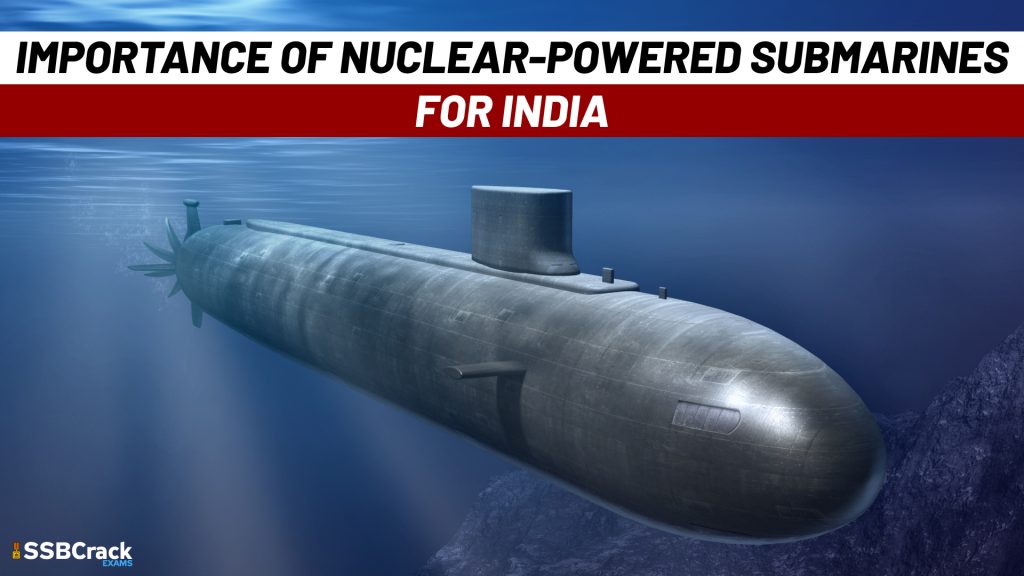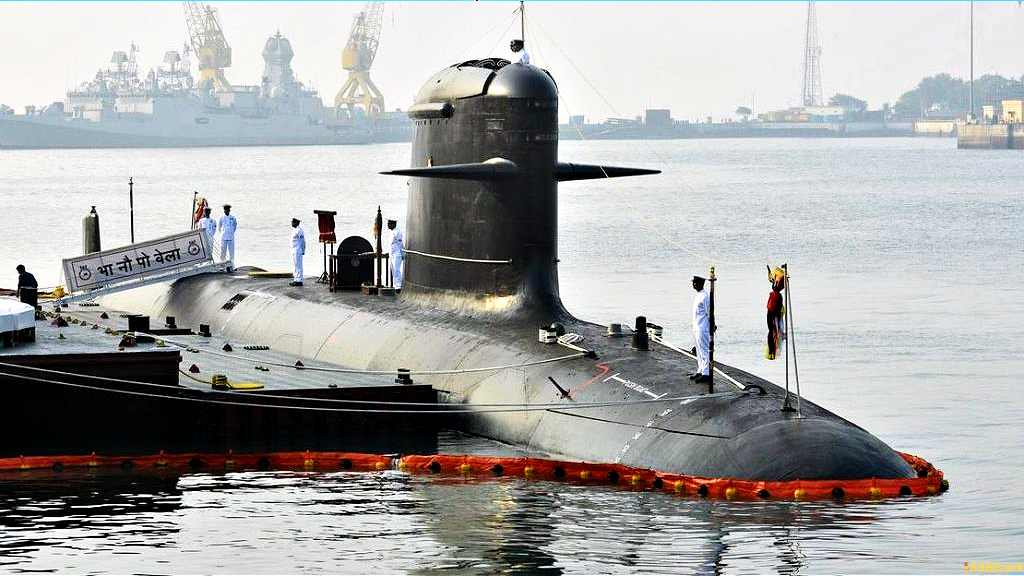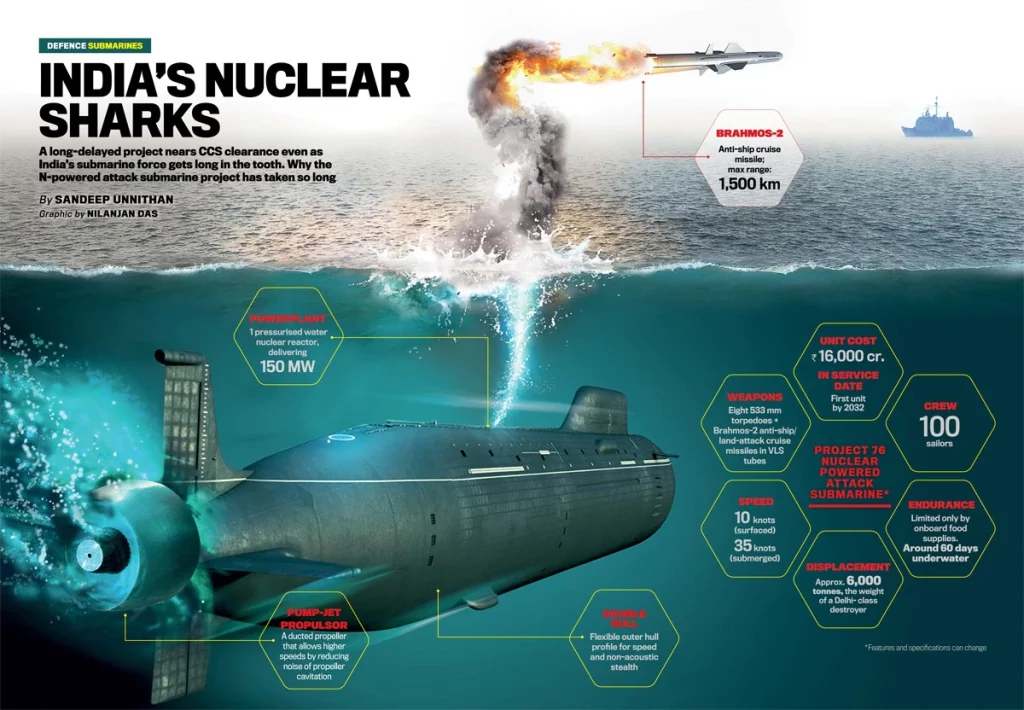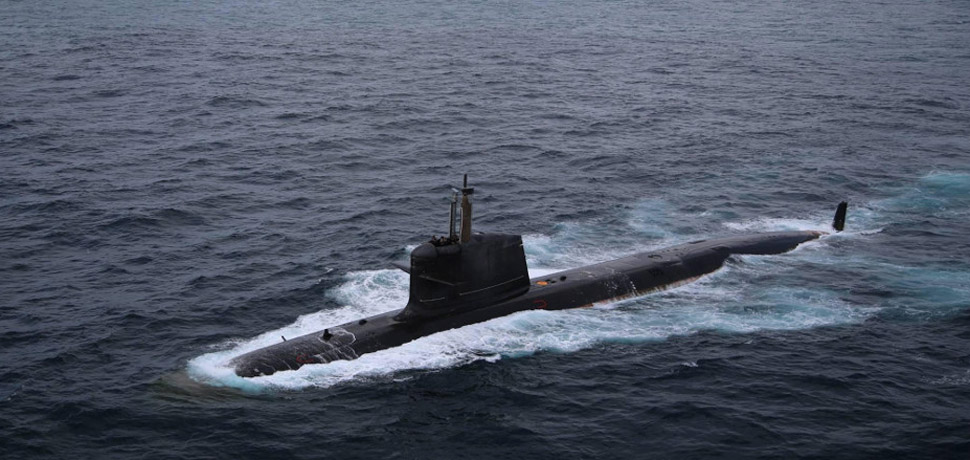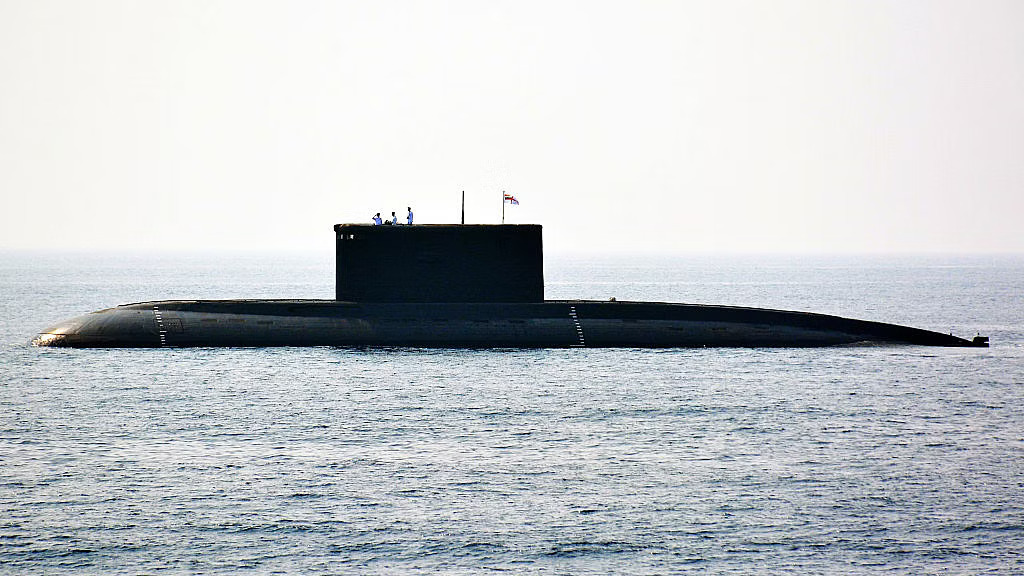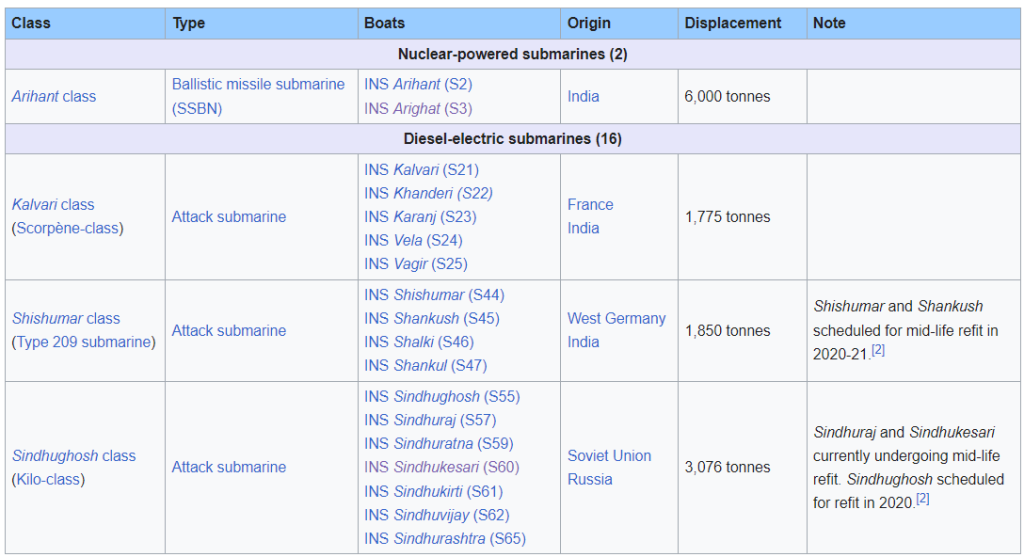The Indian Navy’s undersea combatant arm has been grappling with a significant disparity between its ambitions and capabilities for nearly four years, as the proposal to procure a minimum of six Nuclear-Powered Submarines (SSN) has remained pending government approval, creating a difficult situation for the navy.
The lease of the Russian Akula class nuclear-powered submarine expired in 2021, leaving the Indian Navy without any SSNs in its fleet. To fill this significant shortfall, India has begun conversations with France about a cooperation initiative to build the requisite six SSNs.
Nuclear-Powered Submarines: Threat from China
China has a large submarine fleet that includes seven nuclear ballistic missile submarines (SSBN), 12 nuclear attack submarines (SSN), and more than 50 diesel attack submarines (SSKs). However, India’s conventional submarine fleet dated primarily from the 1980s, prompting concerns about its ageing capabilities.
Also read: Indian Navy To Get First Of Its Three Scorpene Submarines By 2031
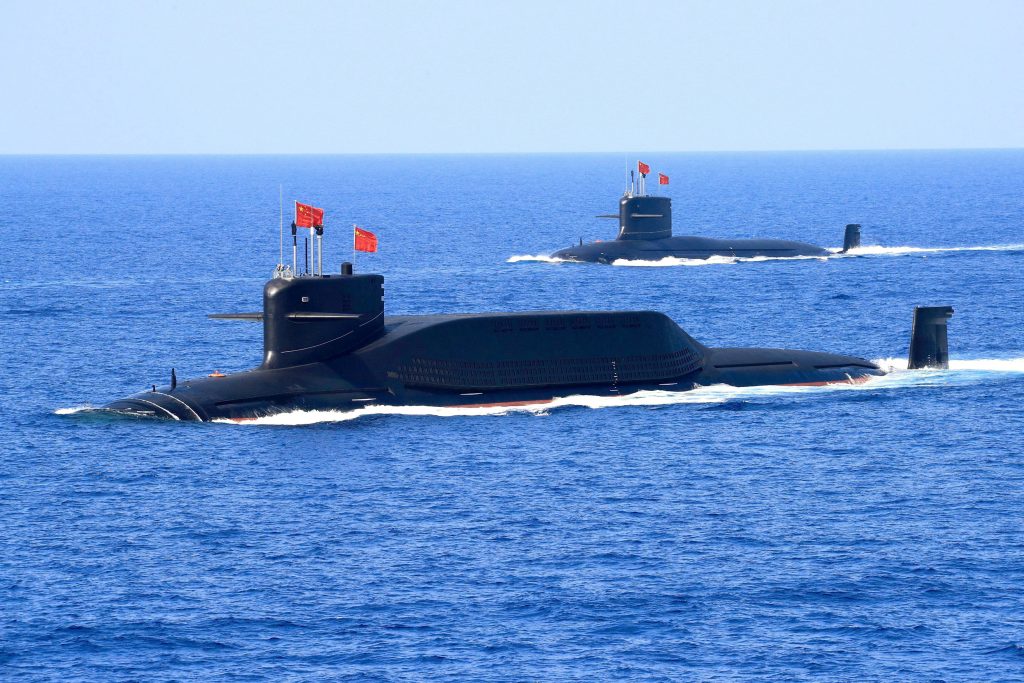
India recognises the importance of nuclear-powered submarines in countering the growing prowess of the Chinese People’s Liberation Army Navy (PLAN). This realisation has prompted claims that India has halted plans to build a 65,000-ton Indigenous Aircraft Carrier (IAC)-2, instead focusing on the development of the SSN project. SSNs are regarded as the undersea equivalent of fighter jets, and their integration into the Indian Navy is regarded as a key step in ensuring strategic stability.
Nuclear-Powered Submarines: Importance of SSN
SSNs have changed the game. They are powerful platforms with unrivalled stealth and endurance. They can stay underwater indefinitely and travel large distances at high speeds away from the port. They can go with the carrier battlegroup. With long-range missiles, they can change the shape of a maritime battle.
The SSN outperforms the slower and shorter-ranged diesel submarine in terms of reach, endurance, and speed. It can stay submerged for long periods of time, but typical diesel engine-cum-battery driven boats, even those with Air-Independent Propulsion (AIP), can only stay submerged for hours or days.
Deep beneath the waves, the SSN’s stealth makes it difficult to detect, and its incredible speed allows it to outstrip and overtake most other submarines or warships, a feat that diesel submarines cannot accomplish. Historically, SSNs have served critical roles in protecting carrier battle groups and tracking enemy SSBNs, as well as providing diverse platforms for anti-ship operations, land-attack missions, and surveillance duties.
India and Nuclear-Powered Submarines
In 2019, India agreed to pay Russia $3 billion for another nuclear-powered Akula class assault submarine. However, because of the ongoing Russia-Ukraine conflict, the lease’s start date is likely to be delayed until 2026. The creation of indigenous SSNs, on the other hand, is subject to government clearance, and if granted, it is expected to take another 10-15 years before the first one is combat-ready.
Also read: Project Varsha: Building India’s Secret Nuclear Submarine Base
In reality, the first indigenously built SSN is slated to enter the Indian Navy’s fleet by 2040. The Indian Navy has secured preliminary approval for six SSNs and is awaiting approval from the Cabinet Committee on Security (CCS) to begin construction.
The Bhabha Atomic Research Centre (BARC) and the Electronics Corporation of India Limited (ECIL) teamed together in July to build 11 different types of control systems and multifunction consoles. This collaboration intends to improve the efficiency of SSN-related duties while also supporting India’s nuclear triad and the established nuclear warfighting doctrine.
How many Nuclear-Powered Submarines does India have?
India currently has two nuclear-powered ballistic missile submarines (SSBNs), which are primarily used for nuclear deterrents and cannot be used for tactical operations. However, the development of SSNs is critical in dealing with numerically stronger navies. These submarines can track and follow targets invisibly, and their near-invulnerability makes them a potent weapon in the nation’s armoury.
Also read: INS Arighat: India’s Second Nuclear Submarine To Enter Service By 2024
A prime example of their strategic deployment is India’s only Russian Akula class submarine, renamed INS Chakra, which was stationed on the eastern side of the Indian Ocean during a border standoff with China over the last decade, demonstrating their versatility and significance in bolstering India’s maritime security. The Indian nuclear-powered submarine programme has been hampered by bureaucratic obstacles, whereas China’s People’s Liberation Army Navy (PLAN) has made substantial advances to strengthen its undersea capabilities.
Nuclear-Powered Submarines: Countering China
According to a US Naval Institute report, China’s current Shang class SSN has noise levels equivalent to Soviet designs from the 1970s. However, if the PLAN is successful in deploying super-quiet SSNs comparable to the best US and Russian submarines, it will represent a huge strategic shift.
Such advanced capabilities would not only improve China’s ability to defend itself on the open sea but would also allow the country to threaten US naval forces well beyond the first island chain, granting transoceanic reach without the need for extensive logistical support or overseas bases that a carrier strike group would require. Since 2009, the PLAN’s presence in the Indian Ocean has progressively increased, with the primary goal of combating piracy and protecting Chinese commercial interests.
China has been aggressively deploying Sea Wing Underwater Unmanned Vehicles to collect crucial data on currents, acoustics, and the maritime environment, which will aid its submarines in charting navigational routes. Since 2017, the PLAN has deployed submarines, survey ships, and hydrographic vessels in the Indian Ocean on a regular basis. The growing presence of Chinese state-run hydrographic ships and survey vessels in the region is thought to pave the way for prospective future deployments of Chinese SSBNs and SSNs.
Submarines of the Indian Navy (In-Service)
To crack the SSB Interview, You can join our SSB interview live classes batch and we recommend you to Enroll SSB INTERVIEW ONLINE COURSE. Trusted by thousands of defence aspirants.

